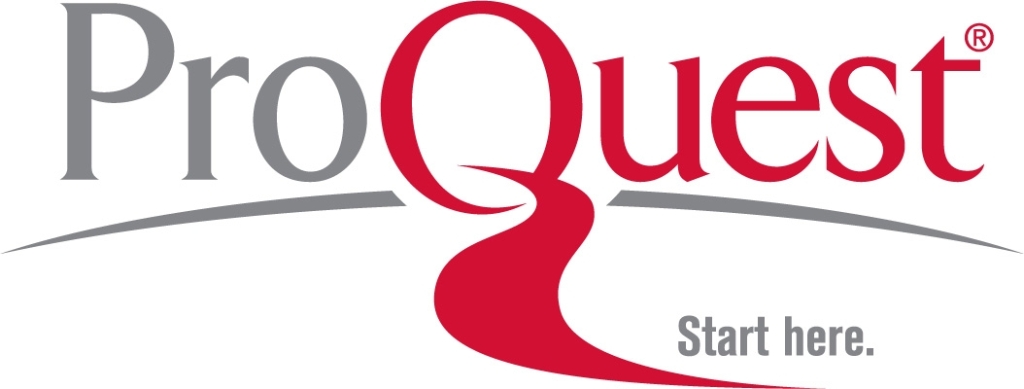Abstract
This study aims at determining the effect of peer assessment technique on pre-service teachers’ teaching practices. In this study, “case study” which is one of the qualitative research methods that provide an opportunity to study one side of the problem in the study in details, and in a shorter time was used. The study group of the study consists of pre-service teachers who studied at social studies teaching the program in the 2016-2017 academic year in the Faculty of Education, in Karadeniz Technical University, and the sample of the study consists of 14 pre-service teachers chosen among the final year students. In choosing the sample, homogeneous sampling method which is one of the “purposeful sampling methods “that provide information about the situations thought to have rich information was used. In the study, “semi-structured interview form” and “observation form” were carried out as data collection tools. The data obtained from the observation form were analyzed with “descriptive analysis technique” which is among the qualitative research methods. “Content analysis technique” was used in the analysis of the data obtained from the semi-structured interview form. According to the obtained findings, it was concluded that peer assessment approach has an important role in more qualified pre-service teacher training and in the improvement of the competence on the teaching profession, and peer assessment generally has a positive effect on pre-service teachers. Based on the results of the study, some suggestions were made; an environment in which pre-service teachers can be trained better in terms of professional skill by involving peer assessment in teaching practice can be created, pre-service teachers can be informed well about peer assessment approach by experts, and they can be informed in a detailed way related to the process.
Keywords
Peer Assessment, Teacher Training, Teaching Practice, Student Opinions
DOI: http://dx.doi.org/10.15390/EB.2019.8077







